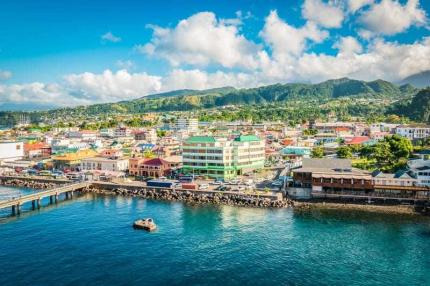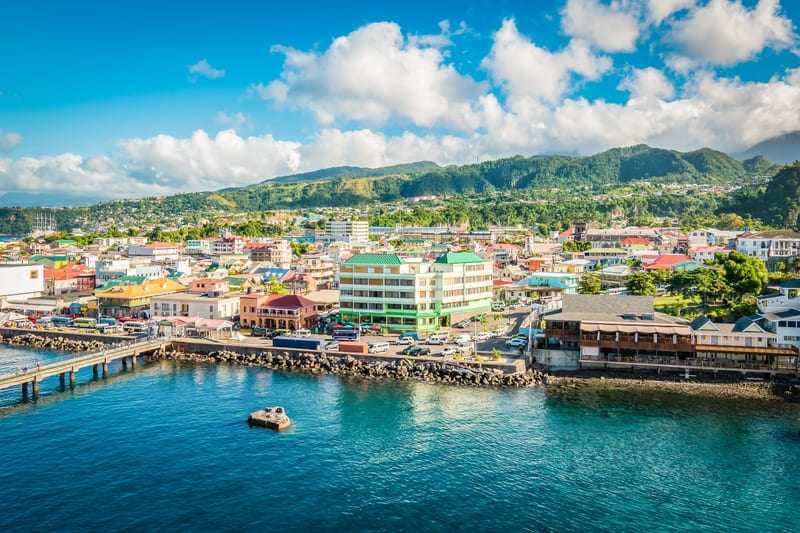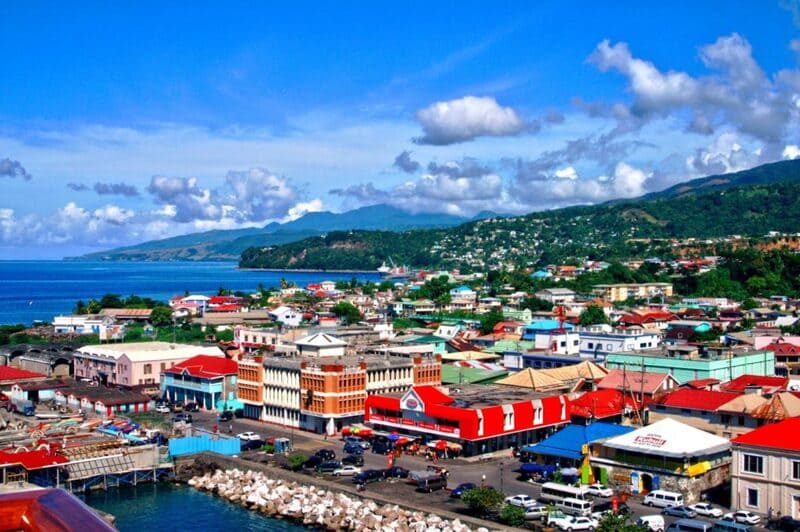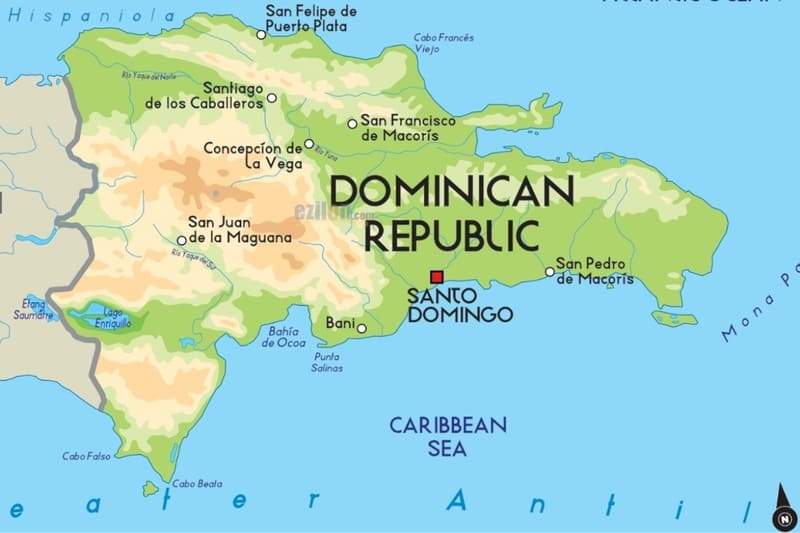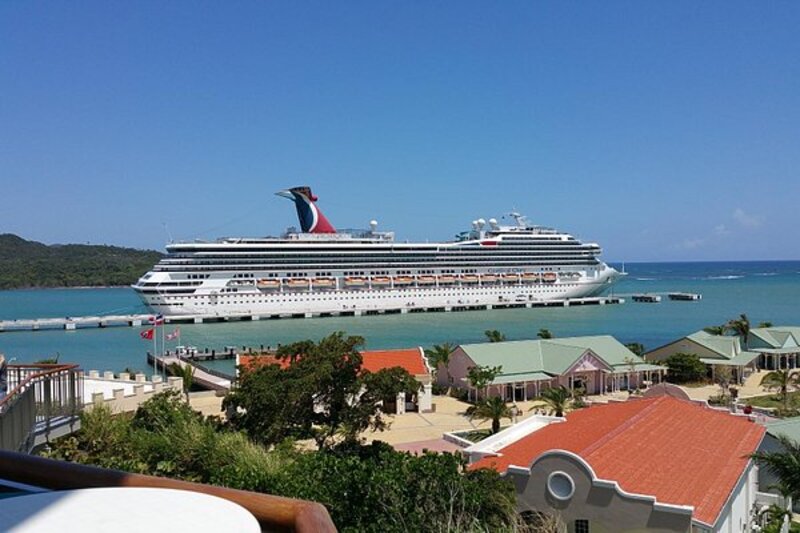Get free consultation
Fill out the form and we will contact you
The Dominican Republic has been home to the Tainos since the 7th century. This beautiful country boasts fascinating cultural features. In today's article, we will bring you more exciting information about this interesting nation!
A Brief History of the Formation of the Dominican Republic
The Dreamy Dominican Republic
The history of the Dominican Republic begins in the pre-European period, when the indigenous Taino people inhabited the island of Hispaniola. They developed an agricultural society and were on the path to forming an organized civilization.
Christopher Columbus, the Genoese explorer, visited the island during his first voyage in 1492 and claimed the island for the Kingdom of Castile, marking the beginning of the colonial era. The colony of Santo Domingo later became the first permanent European settlement in the Americas and the first area under Spanish colonial rule in the New World.
Over the centuries, the Dominican Republic experienced shifts in sovereignty from Spain to France and then back to Spain. However, the nation primarily endured periods of political instability and authoritarian regimes.
This beautiful country also briefly returned to Spanish rule. This was followed by the dictatorial rule of Joaquín Balaguer until 1978. Since 1978, the Dominican Republic has transitioned to a representative democracy and adopted a free-market economy model.
Tìm hiểu về khí hậu và vị trí của Dominica
Apart from its intriguing history, the geographic location and climate of the Dominican Republic are also of great interest to many readers.
The Dominican Republic enjoys a warm tropical climate year-round, with an average annual temperature of around 25°C (77°F), making it ideal for those who prefer a tropical environment. The summer season lasts from June to October, characterized by hot and humid weather, with temperatures often reaching up to 32°C (90°F). High humidity, around 80%, is tempered by the trade winds and breezes, creating a comfortable atmosphere.
In contrast, the winter season from December to April brings warmer and drier weather, with the lowest temperatures typically not falling below 20°C (68°F). The skies are generally clear with less rainfall compared to the summer, providing excellent conditions for outdoor activities.
In the mountainous regions, the climate can vary significantly. Temperatures can drop to 5°C (41°F) during the winter months, offering a cooler and more pleasant feel compared to the tropical climate of the lowlands. This diverse climate makes the Dominican Republic a rich and appealing environment for both residents and newcomers.
The Economy of the Dominican Republic
The Dominican Republic prides itself on having the largest economy in the Caribbean and Central America, and it ranks seventh in Latin America. By 2024, the nominal GDP of the country is approximately $127.913 billion, while the GDP based on purchasing power parity (PPP) is around $294.562 billion. The economy of the Dominican Republic is characterized by its diversity and continuous growth.
Key Economic Sectors
The Dominican Republic's economy stands out for its resilience and adaptability, supported by a well-balanced mix of agriculture, industry, and services. Its strategic focus on tourism and remittances continues to drive economic development and improve the standard of living for its citizens.
Information About the Dominican Republic
This is a website that provides detailed and reliable information about investing in a second citizenship. The site offers information about many countries worldwide, including the Dominican Republic.
The Dominican Republic is a small country in the Caribbean, known for its natural beauty and attractive second citizenship policies. The website provides detailed information on the process and conditions for investing in Dominican citizenship.
One of the greatest benefits of investing in Dominican citizenship is the right to free migration to many countries worldwide. This allows investors to enjoy new opportunities and settle in developed countries.
Additionally, investing in Dominican citizenship brings other benefits such as tax reduction, healthcare, and education benefits. The website provides detailed information on these benefits to help investors understand the process and advantages of investing in a second citizenship.
In summary, consulting important information on the website is a crucial step to help investors understand the process and benefits of investing in a second citizenship, especially in the Dominican Republic. This is a great opportunity to take advantage of the benefits that a second citizenship brings and to settle in developed countries around the world.
Here are some interesting facts about the Dominican Republic that we have gathered. Hopefully, today’s article on the website https://quoctichthuhai.com will help answer readers' questions and curiosity about this beautiful country.
Fill out the form and we will contact you
